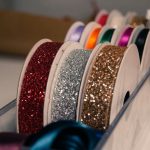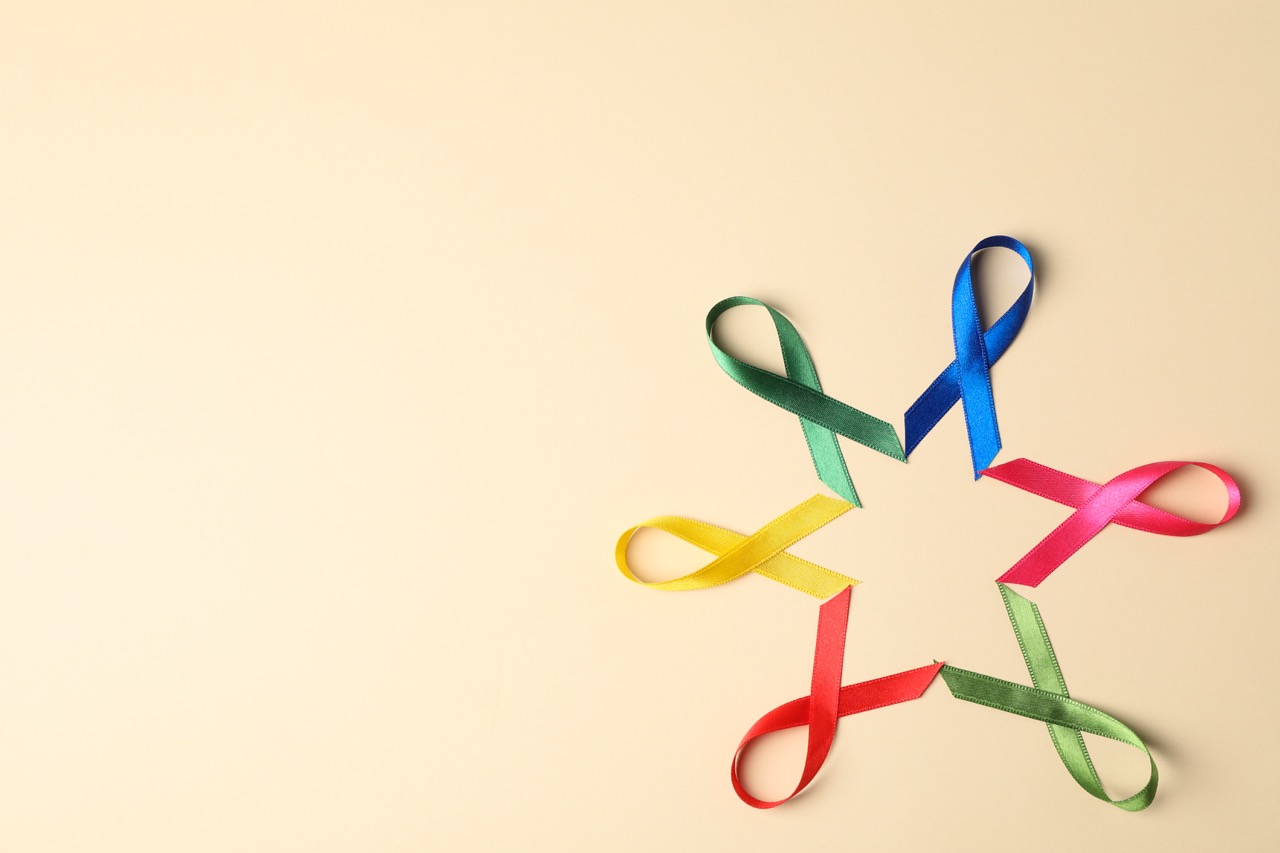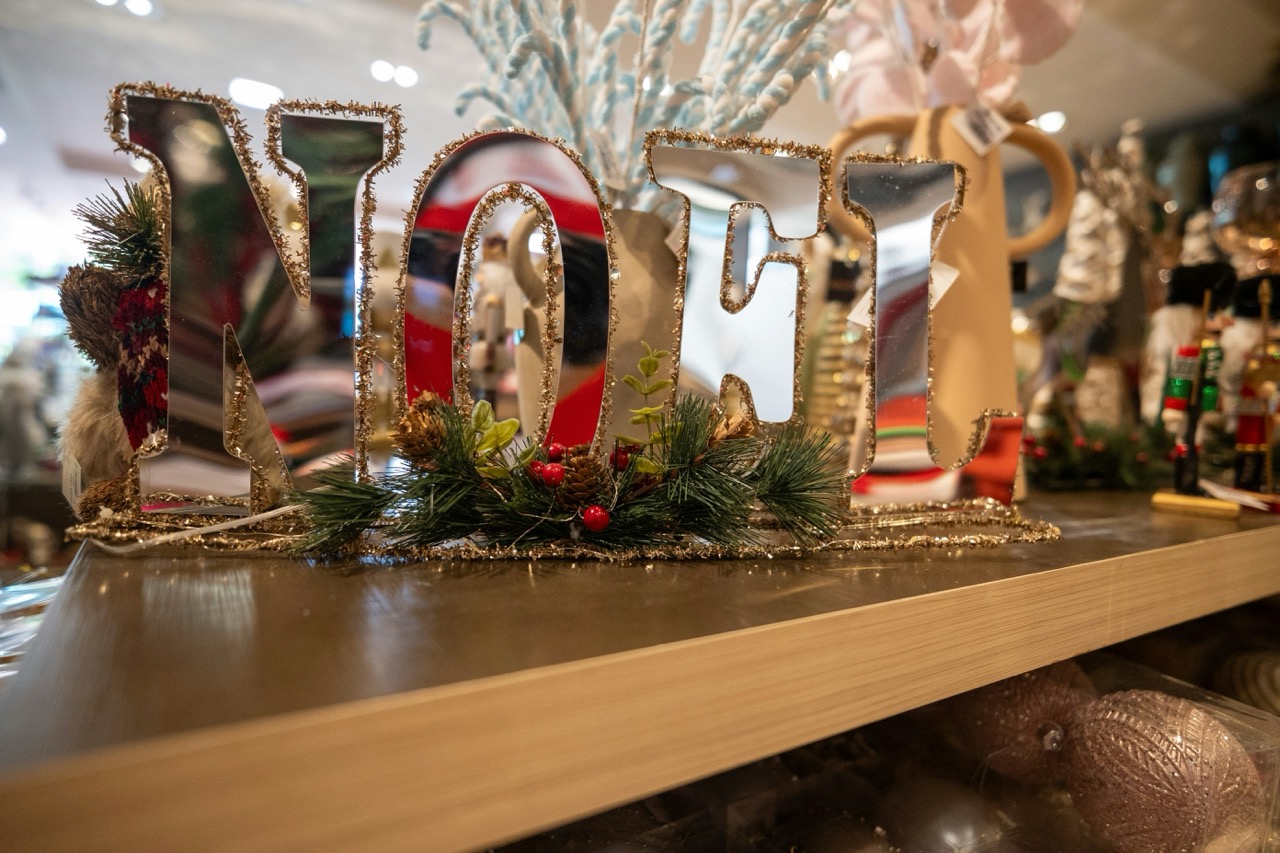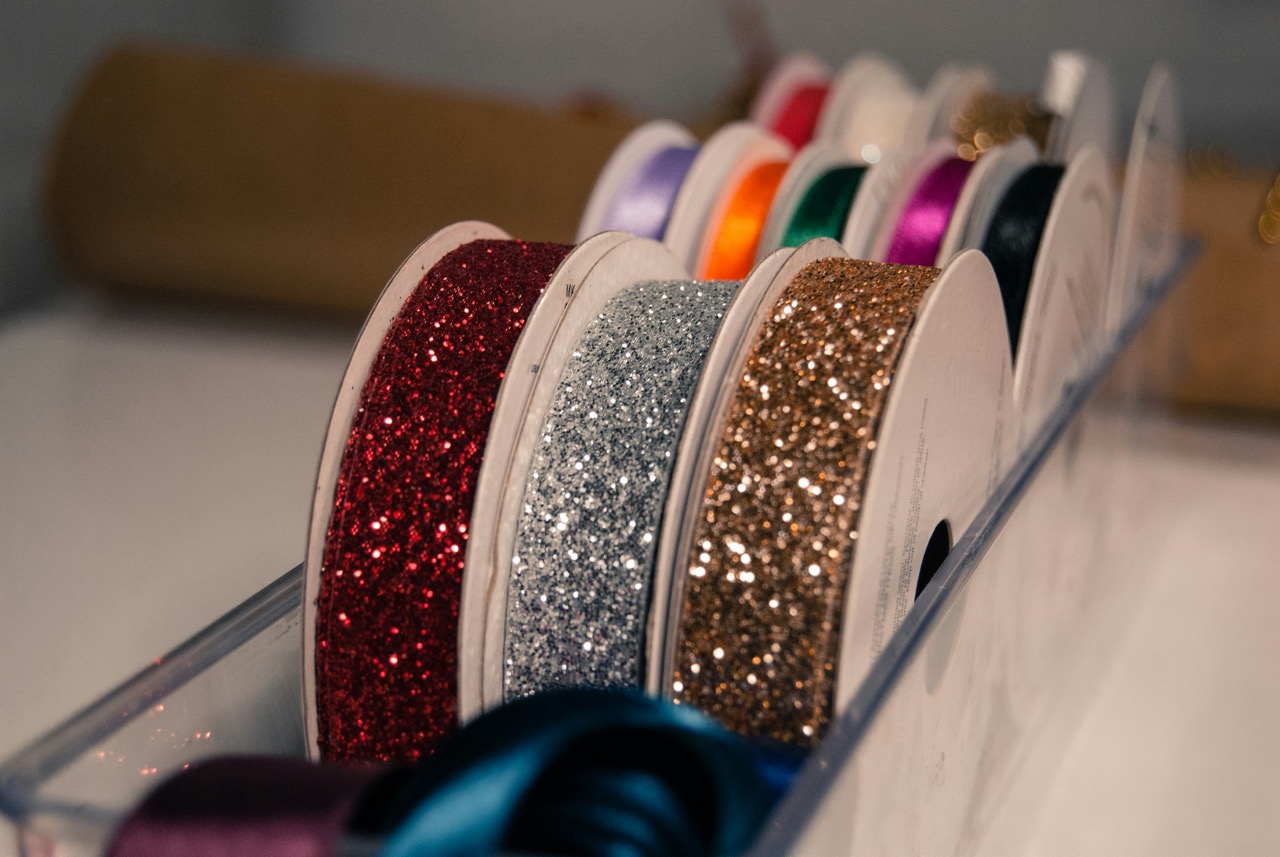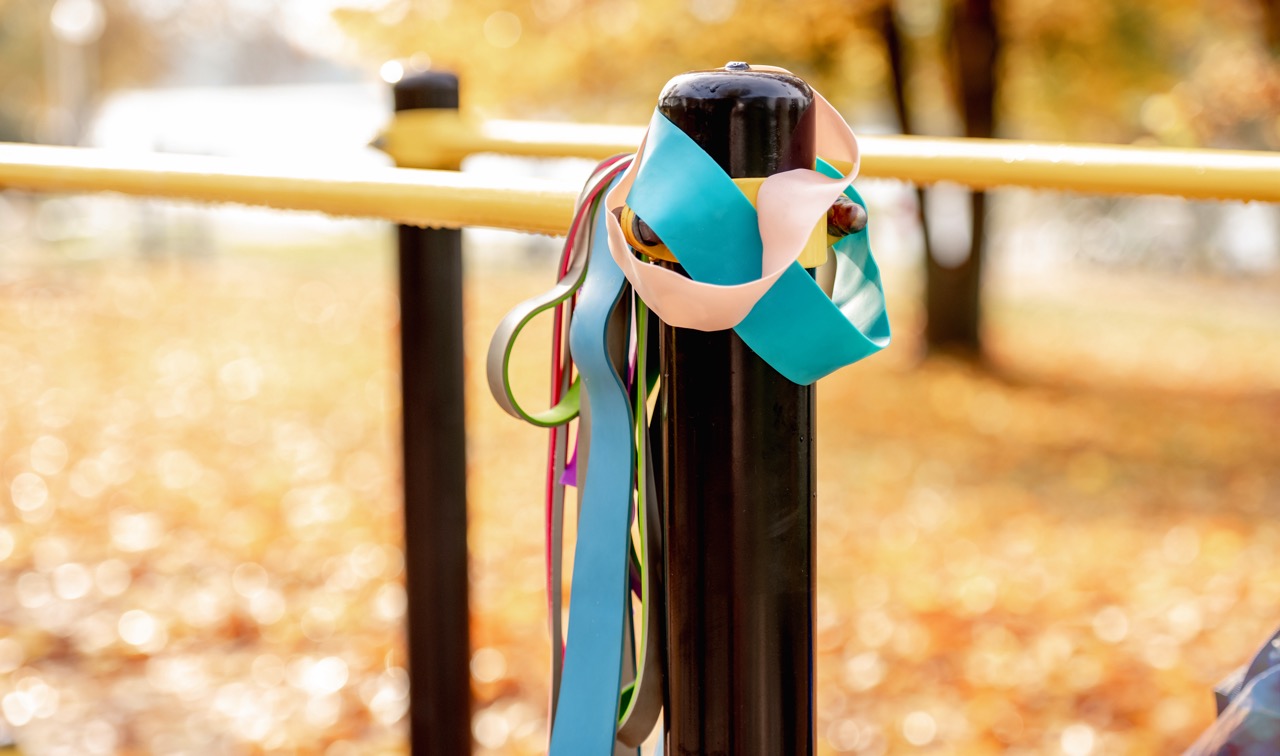Greeting cards are a timeless means of expressing emotion and sentiment, and handmade versions elevate this experience even further. Among the myriad of materials used in card making, ribbon stands out as a versatile embellishment that can add elegance, texture, and a personal touch. Understanding the nuances of incorporating ribbon into your greeting cards can transform a simple design into a breathtaking masterpiece. In this article, we will explore various aspects of ribbon details in handmade greeting cards, from choosing the right ribbon to mastering placement techniques.
Unveiling the Art of Ribbon Details in Card Making
The incorporation of ribbon in handmade greeting cards is akin to adding the final brush strokes to a painting. It elevates the overall aesthetic, enhancing the visual allure and tactile experience of the card. Whether it’s a birthday, wedding, or holiday greeting, ribbons can add that special touch that makes your card memorable. The beauty of ribbon lies in its simplicity; a mere strip of ribbon can convey elegance or whimsy, depending on how it’s used.
In the realm of creativity, ribbons allow for an array of possibilities. They can be used as accents, borders, or focal points in your designs. Ribbons can also complement the theme of your card, whether it’s rustic chic or modern minimalist. By paying attention to the details of ribbon usage, card makers can craft pieces that resonate with the recipient and stand out on any mantle or tabletop.
Choosing the Perfect Ribbon: A Guide for Creatives
Selecting the appropriate ribbon for your greeting card can be a pivotal decision in your design process. Consider the card’s theme and the emotions you wish to evoke. For instance, a soft pastel ribbon might be perfect for a baby shower card, while a bold, metallic ribbon could enhance an anniversary greeting. It’s also worth noting the width of the ribbon; wider ribbons can serve as a statement, while thinner ribbons might work well as subtle accents.
Additionally, think about the ribbon’s composition. Some ribbons, like satin, lend a luxurious touch, while others, like jute or burlap, can add a rustic charm. Before making a final decision, it’s essential to visualize how the ribbon will interact with the other materials on your card. A harmonious blend of colors and textures can make your work shine.
Types of Ribbons: Satin, Burlap, and Beyond
The type of ribbon you choose plays a significant role in the overall look and feel of your greeting card. Satin ribbons are celebrated for their lustrous finish and smooth texture, making them a popular choice for elegant designs. They drape beautifully and can be tied into exquisite bows, adding a touch of sophistication to any card.
On the other hand, burlap ribbons introduce a more rustic and organic vibe. Perfect for country-themed cards or those celebrating nature, burlap adds texture and warmth. There are also specialty ribbons, such as lace or organza, which can enhance the delicate nature of cards for events like weddings or baby showers. Exploring various types of ribbons can be a delightful journey that unlocks new creative avenues.
Color Theory: Selecting Ribbons that Pop and Harmonize
When it comes to color theory, choosing the right hues for your ribbons can significantly impact the emotional response of the recipient. Complementary colors can create striking contrasts that draw attention, while analogous colors can provide a sense of harmony and peace. For instance, pairing a rich burgundy ribbon with soft pink elements may evoke warmth and romance, perfect for a love letter or anniversary card.
Furthermore, consider the psychological effects of color. Blues and greens are often associated with tranquility, while reds and oranges can inspire excitement and cheer. Understanding the emotional resonance of colors will enable you to select ribbons that not only enhance your card’s design but also convey the intended message effectively.
Textures and Patterns: Enhancing Your Card Design
Incorporating varying textures and patterns into your ribbon choices can add an extra layer of intrigue to your greeting cards. A combination of smooth satin with a textured burlap can create a beautiful contrast that invites touch and examination. Mixing and matching ribbons can also introduce a playfulness that captivates the viewer, especially when different patterns are layered within the same design.
Consider using patterned ribbons, such as polka dots or florals, to reinforce the theme of your card. Patterns can tell a story or evoke a specific sentiment, enhancing the overall narrative you wish to convey. As you experiment with textures and patterns, remember that balance is key; too many competing elements can overwhelm your design, while carefully curated choices can result in a cohesive and engaging card.
Creative Ways to Incorporate Ribbons in Greeting Cards
When it comes to incorporating ribbons, the possibilities are endless. One popular technique is to use ribbon as a border, framing the card and drawing attention to the central message. You can also create a ribbon bookmark that allows the recipient to keep the card close, serving a functional purpose while adding aesthetic appeal.
Another innovative approach is using ribbons to create visual interest through layering or cascading effects. You can loop ribbons around card corners or create a cascading effect down one side of the card. These techniques not only enhance the visual appeal but also add a three-dimensional quality to your design, making it as engaging to touch as it is to look at.
Knots, Bows, and Loops: Mastering Ribbon Techniques
Mastering ribbon techniques such as knots, bows, and loops can greatly enhance your card-making skills. A simple bow can make a significant impact, and learning how to tie a perfect bow can set your card apart. Experimenting with various bow styles—like the classic bow, double bow, or the loopy bow—can provide different vibes and textures to your cards.
Knots can also serve as an elegant way to secure ribbon without bulky adhesive. A simple knot can be a charming detail, especially when paired with a tag or label. Loops, too, can add a playful touch to your design, allowing ribbons to flow gracefully across the card. Practicing these techniques will not only improve your skills but also inspire you to think outside the box when it comes to ribbon usage.
Layering Ribbons: Adding Depth to Your Card Design
Layering ribbons is an effective way to add depth and dimension to your card designs. By layering different types of ribbons—such as a wide satin ribbon beneath a narrow lace ribbon—you can create visual interest that catches the eye. This technique allows you to experiment with color and texture while ensuring that your card stands out.
When layering ribbons, consider how they interact with other elements on your card, such as images or text. Ribbons can be used to create a focal point or guide the viewer’s eye to important details. The layered effect can evoke complexity and richness, making your card a true work of art that your recipient will appreciate.
Ribbon Placement: Where to Position for Maximum Impact
Understanding ribbon placement is crucial for maximizing the impact of your designs. Placing ribbons at the corners of your card can help frame the central message, while positioning them along the edges can create a polished look. A strategically placed ribbon can draw attention to specific elements, guiding the recipient’s gaze where you want it to go.
Additionally, consider the use of negative space when placing ribbons. Sometimes, less is more; a single ribbon in the right location can make a bold statement. It’s essential to take a step back and evaluate your design as a whole to ensure that the placement of ribbons enhances rather than distracts from your card’s message.
Personalization: Customizing Ribbons for Special Occasions
Personalizing ribbons is a thoughtful way to make your greeting cards extra special. Consider adding the recipient’s name or a meaningful quote printed directly onto the ribbon. This customized touch not only shows that you care, but it can also serve as a cherished keepsake for the recipient.
You can also experiment with colors and patterns that resonate with the recipient’s personality or preferences. For example, using their favorite colors or motifs will enhance the card’s sentiment and make it feel uniquely theirs. Personalization takes your card from ordinary to extraordinary, ensuring it leaves a lasting impression.
Eco-Friendly Options: Sustainable Ribbons for Card Makers
As the world becomes more eco-conscious, many card makers are seeking sustainable materials for their crafts. Fortunately, there are numerous eco-friendly ribbon options available, from organic cotton to recycled materials. These choices not only reduce environmental impact but also add a unique charm to your designs.
Additionally, opting for natural fibers like jute or hemp can provide a rustic aesthetic that resonates with environmentally aware recipients. By choosing eco-friendly ribbons, you demonstrate a commitment to sustainability while creating beautiful, heartfelt cards that reflect your values.
Incorporating ribbon details into handmade greeting cards can significantly enhance their visual appeal and emotional impact. From choosing the right type of ribbon to mastering various techniques and placements, the possibilities are limitless. By exploring color theory, textures, and personalization, you can create unique cards that resonate deeply with recipients. Whether you are a seasoned card maker or just beginning your creative journey, experimenting with ribbon details will undoubtedly elevate your handmade greeting cards to new heights.




